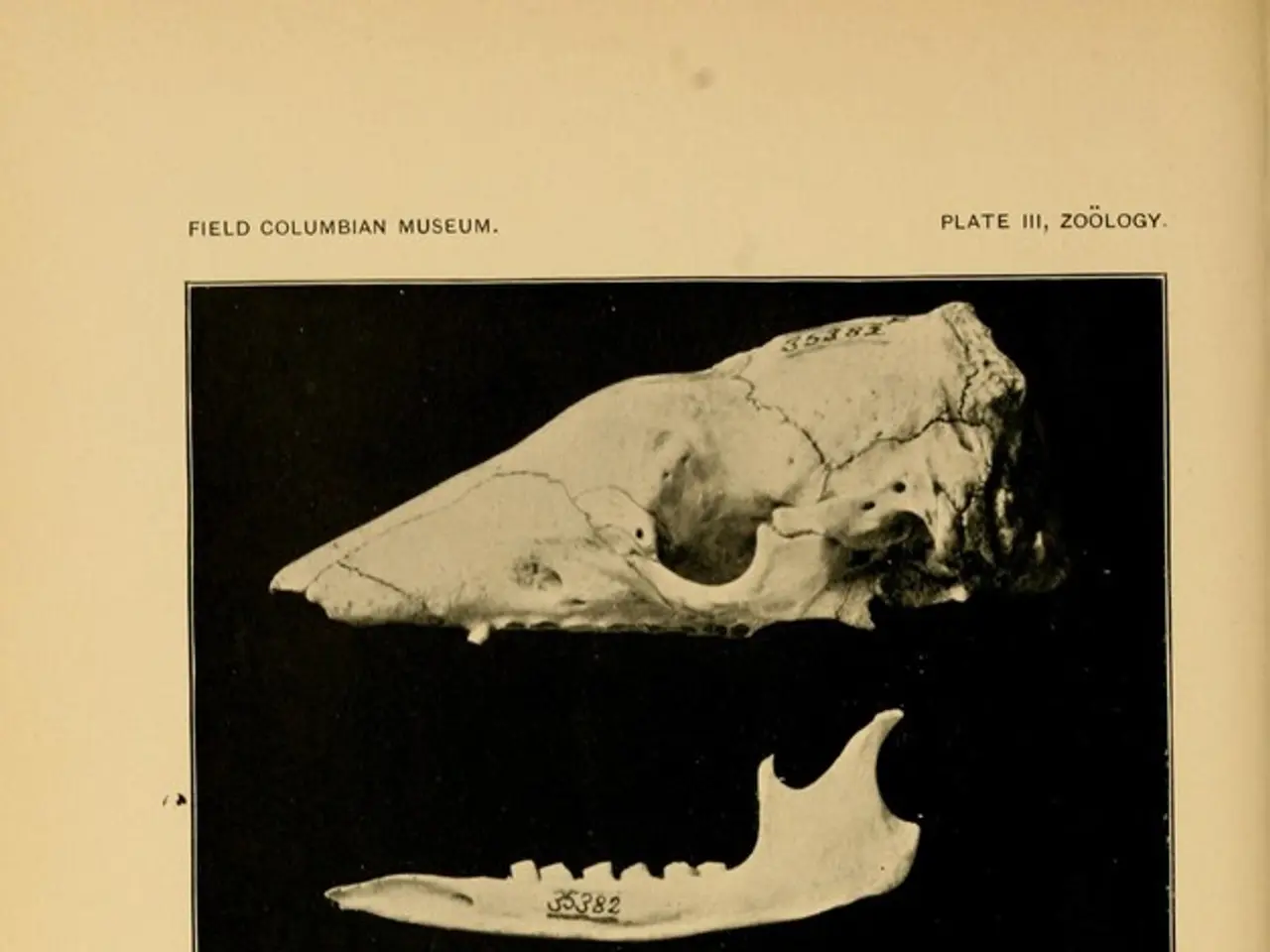Benign fatty tissue growths within the body, known as lipomas, explained.
In the realm of benign adipocytic tumors, three distinct types - Spindle Cell Lipomas, Hibernomas, and Conventional Lipomas - exhibit unique characteristics that set them apart from one another.
**Spindle Cell Lipomas**
These rare, benign neoplasms originate from mature fat cells with an additional component of spindle-shaped cells (fibroblast-like cells). Their exact cause remains undefined, but they are generally considered to be benign tumors arising from the subcutaneous tissue. Typically, they present as a painless, slow-growing, solitary mass, most commonly located in the neck, back, and shoulders.
Histologically, Spindle Cell Lipomas are characterised by a mix of mature adipocytes and uniform spindle cells with collagen fibers. They are distinct in showing spindle cells unlike conventional lipomas, which are composed almost entirely of mature fat cells. Generally, they are well-circumscribed and non-invasive, and are rare in nature.
**Hibernomas**
Hibernomas, on the other hand, originate from brown fat tissue, which is different from the white fat typical of conventional lipomas. Brown fat is involved in thermogenesis, and hence hibernomas have a different biological origin. They present as a painless, slow-growing soft tissue mass, most commonly found in areas where brown fat is retained, such as the interscapular region, axilla, and neck.
Histologically, Hibernomas are composed of brown fat cells, which contain numerous small vacuoles and abundant mitochondria, giving a granular eosinophilic cytoplasm. On imaging, they may appear different due to higher vascularity and cellularity compared to conventional lipomas. They are benign but can be more vascular than typical lipomas.
**Conventional Lipomas**
Conventional Lipomas are the most common benign soft tissue tumors, composed entirely of mature white adipose tissue. They present as soft, painless, mobile masses under the skin, occurring anywhere on the body but frequently on the trunk, neck, and proximal limbs. Typically, they do not have the spindle cell or brown fat components seen in Spindle Cell Lipomas and Hibernomas, respectively.
**Key Differences**
| Feature | Spindle Cell Lipoma | Hibernoma | Conventional Lipoma | |-------------------------|---------------------------------------|--------------------------------------|----------------------------------| | Tissue origin | White fat + spindle cells (fibroblastic)| Brown fat tissue | White fat tissue only | | Histology | Mature adipocytes + spindle cells + collagen | Brown fat cells with granular cytoplasm | Mature adipocytes only | | Common locations | Neck, back, shoulders | Inter-scapular, axilla, neck | Anywhere, commonly trunk and limbs | | Symptoms | Painless, slow-growing mass | Painless, slow-growing mass | Painless, soft, mobile mass | | Imaging characteristics | Well-circumscribed, may have varying density from spindle cells | More vascular, different signal on imaging | Fat-density mass on imaging | | Clinical behavior | Benign, rare | Benign | Benign, common |
All types usually present as painless, slow-growing masses and are benign. However, Spindle Lipomas and Hibernomas have distinct microscopic and tissue origins, affecting their clinical and pathological diagnosis.
It's essential to consult a healthcare professional if a lump is painful, red, warm, does not move, or is not squishy, as these symptoms could indicate a more serious condition. While lipomas do not require treatment, they can be surgically removed as a same-day outpatient procedure or at a private clinic if desired.
References: [1] Mayo Clinic. (2021). Lipoma. https://www.mayoclinic.org/diseases-conditions/lipoma/symptoms-causes/syc-20355578 [2] National Institutes of Health. (2021). Lipoma. https://medlineplus.gov/ency/article/000762.htm [3] UpToDate. (2021). Lipoma. https://www.uptodate.com/contents/lipoma-in-adults [4] American Society of Clinical Oncology. (2021). Liposarcoma. https://www.cancer.net/cancer-types/liposarcoma [5] American Academy of Dermatology. (2021). Lipoma. https://www.aad.org/public/diseases/benign-growths/lipoma
- In the realm of health and wellness, skin care is crucial not just for esthetic reasons, but also for the detection of unusual growths such as lipomas, which are benign tumors of the fat tissue.
- While research in medical-conditions like lipomas is ongoing, it's important to note that while spindle cell lipomas, hibernomas, and conventional lipomas are all benign, they have distinct differences in their cellular structure and origins.
- Regular check-ups with a medical professional are essential for early detection and proper management of conditions such as cancer, including less common types like liposarcoma, which might require More targeted attention and treatment.




